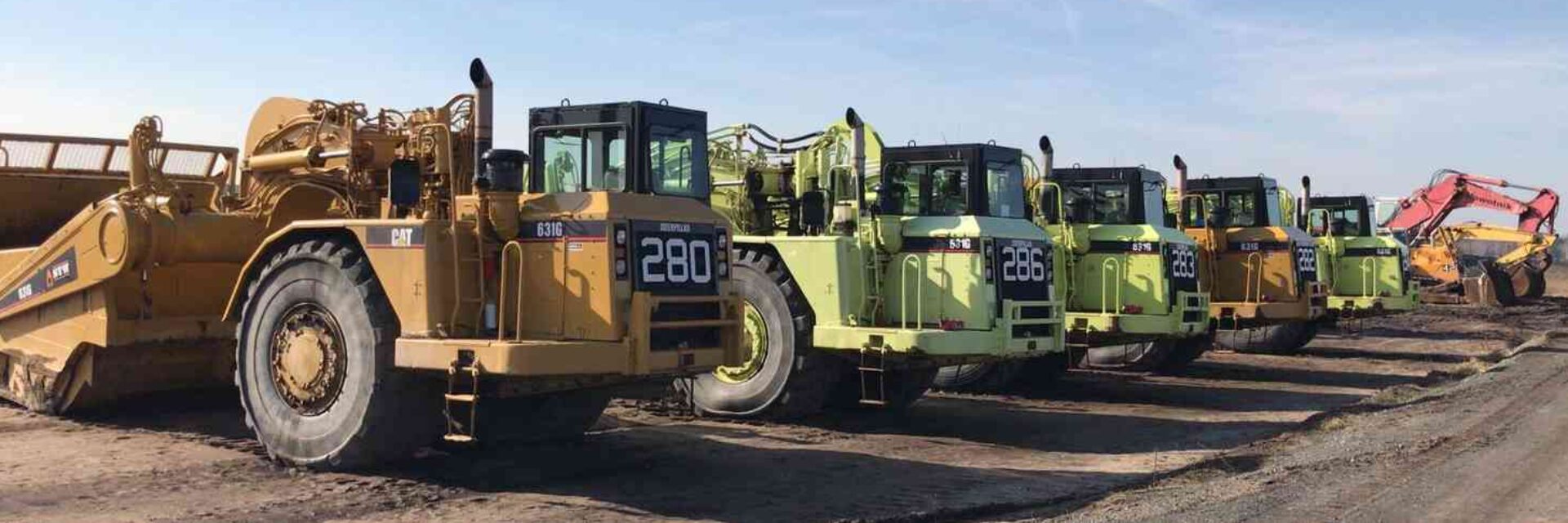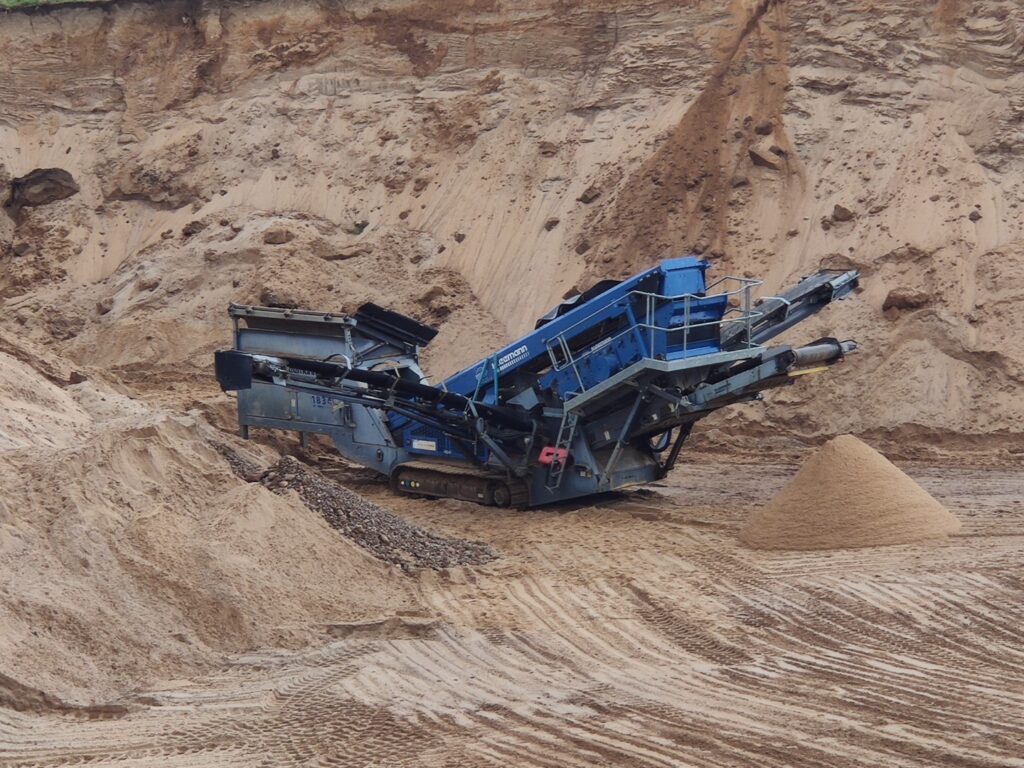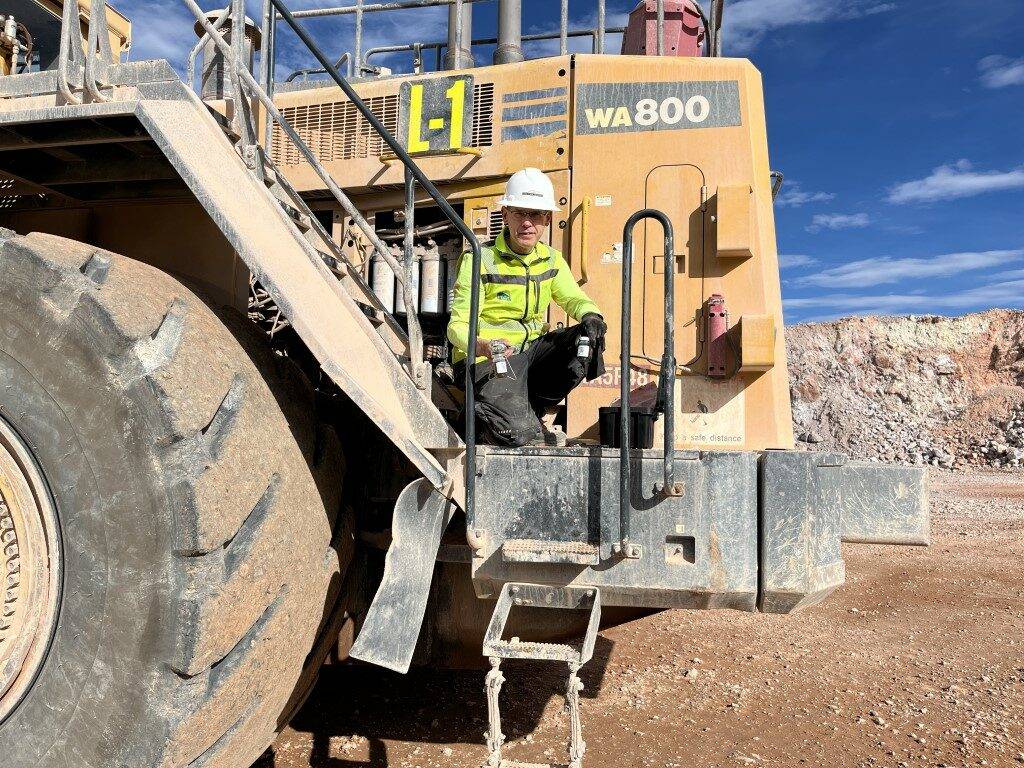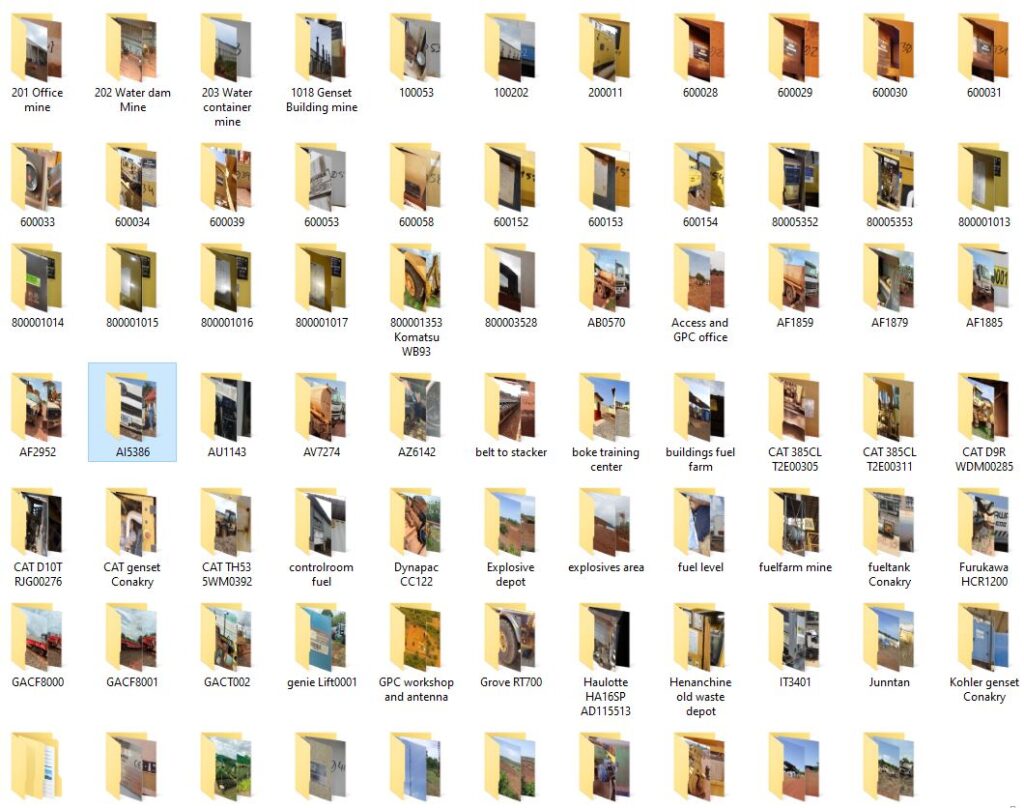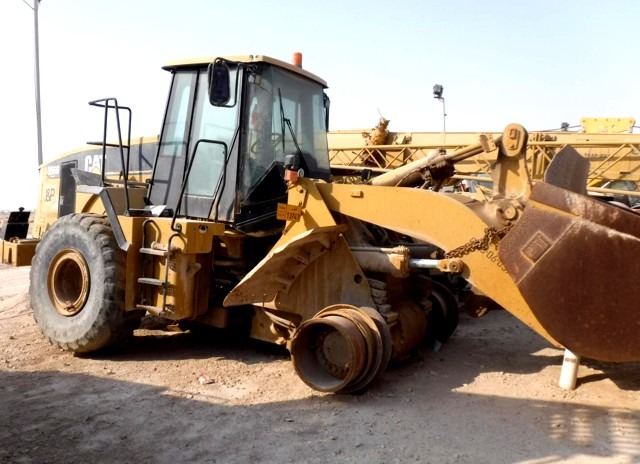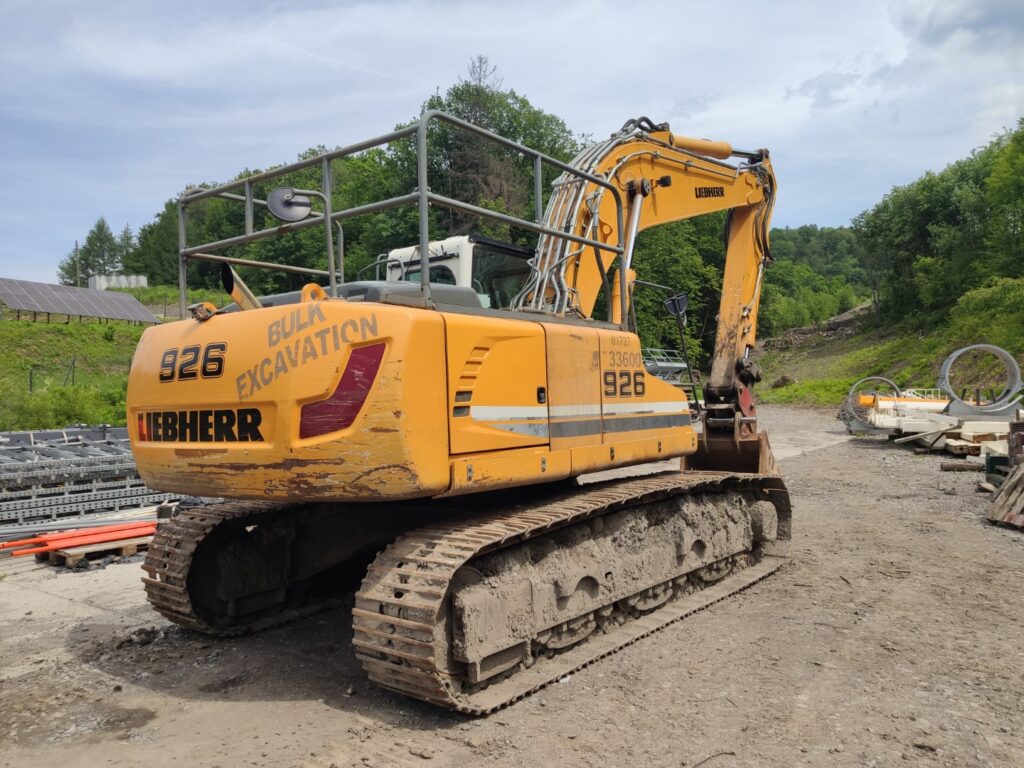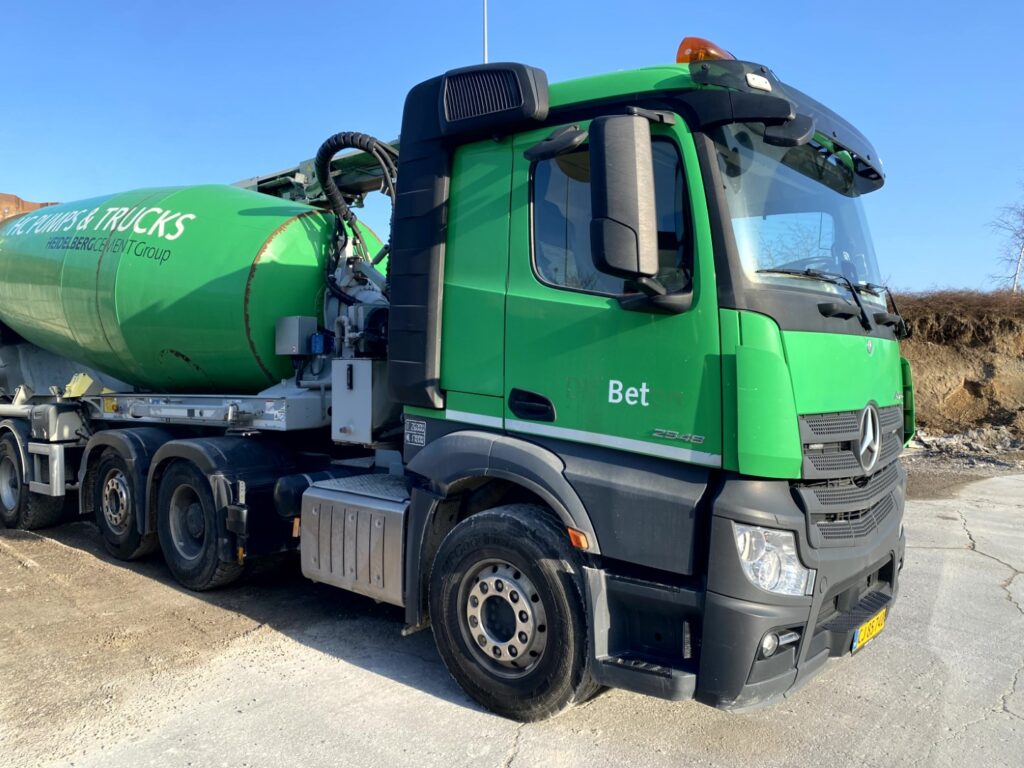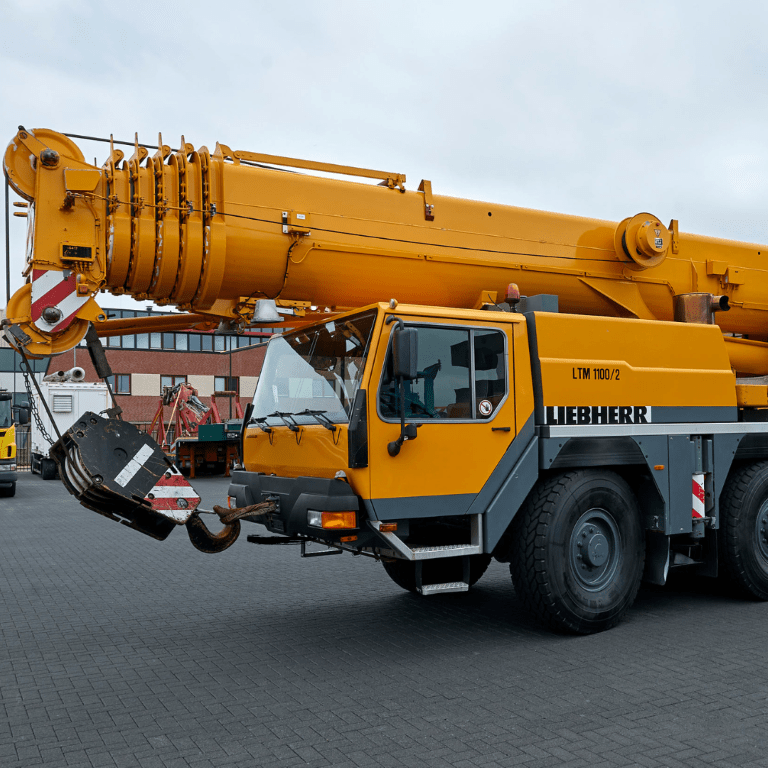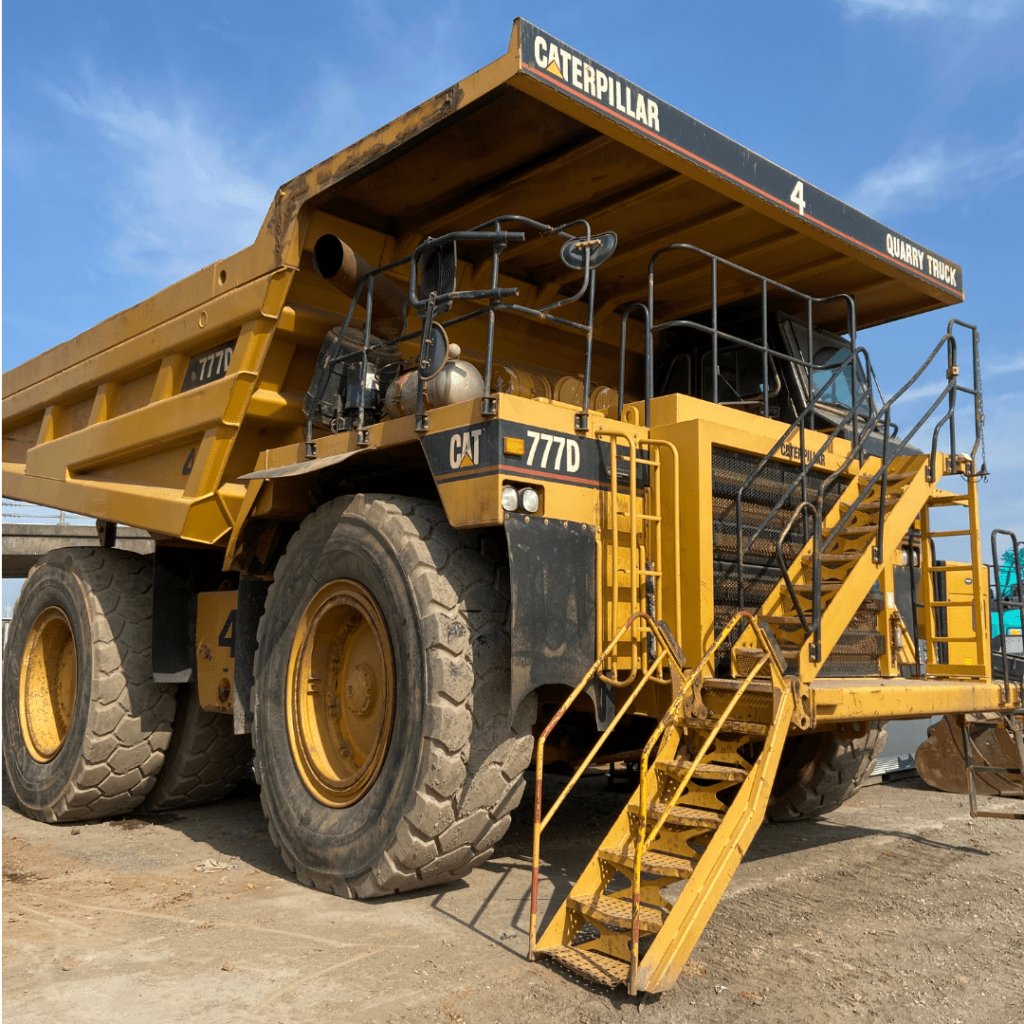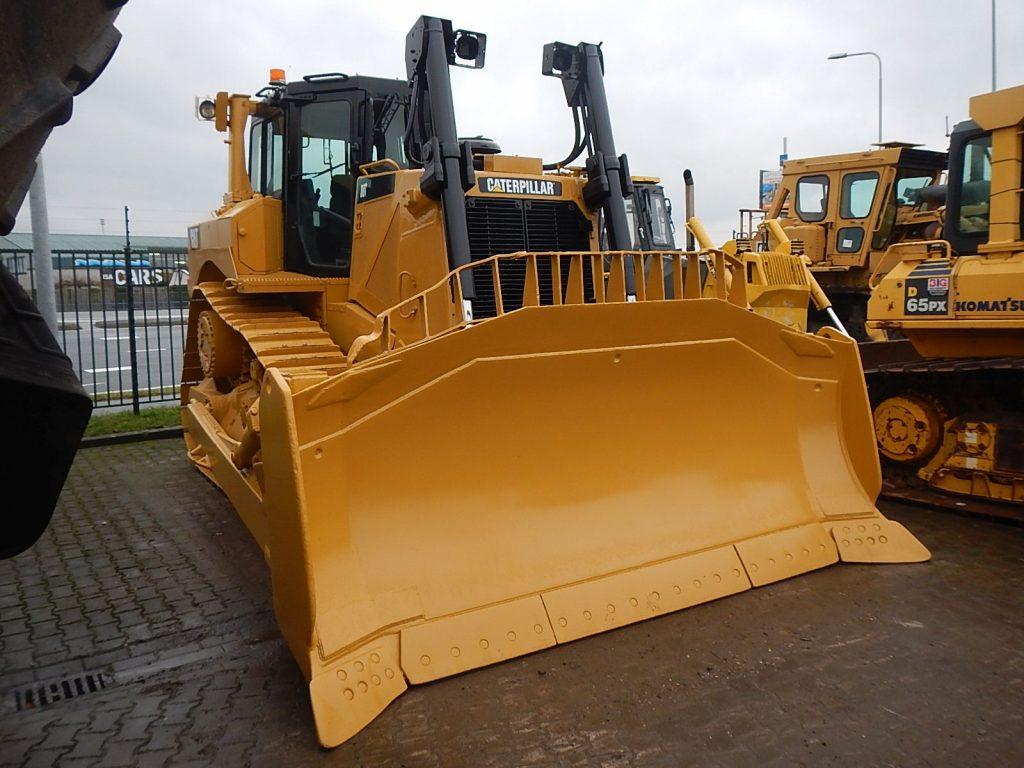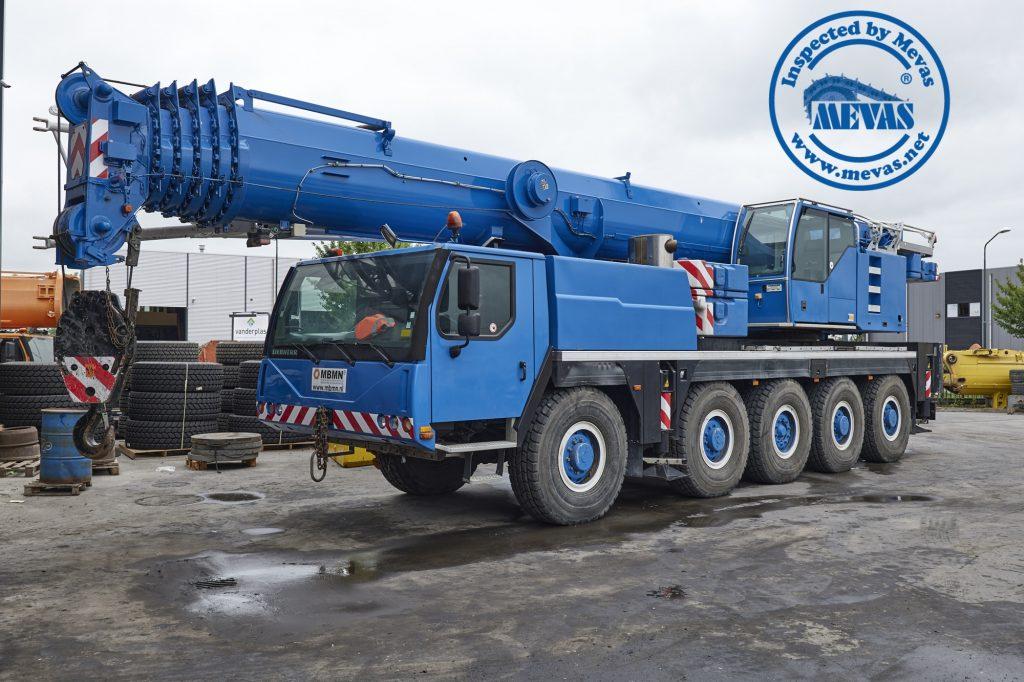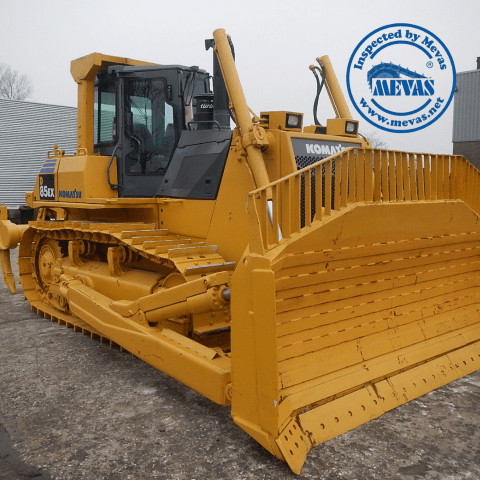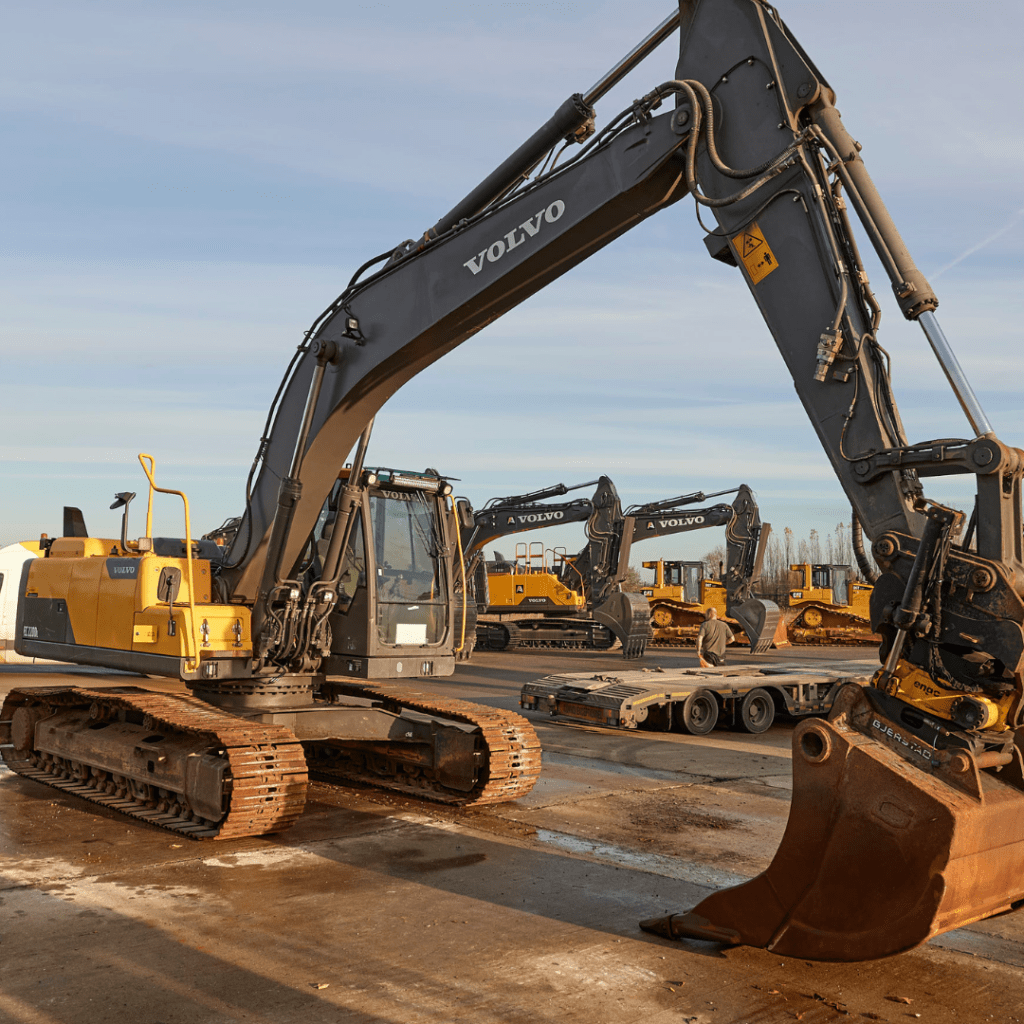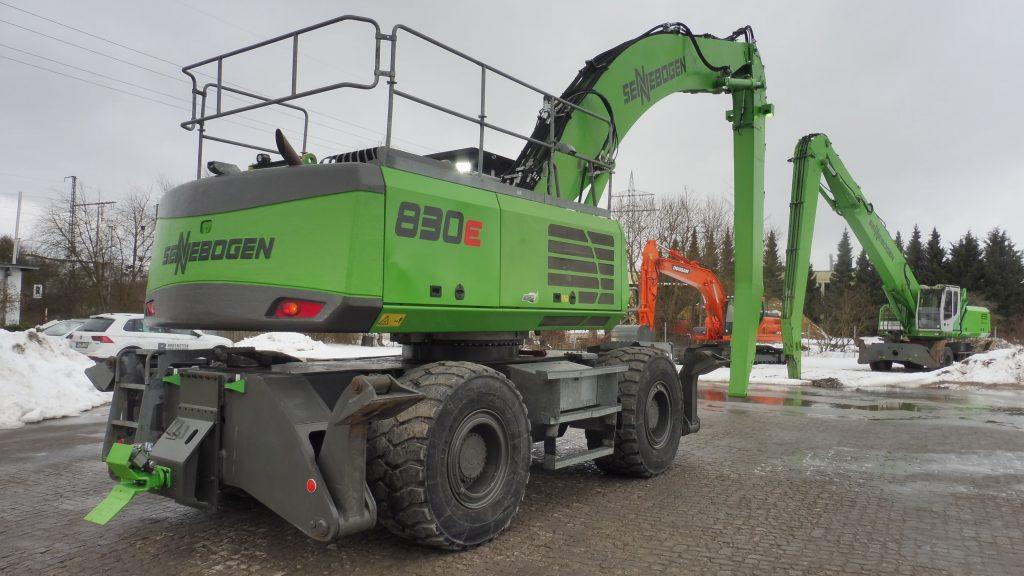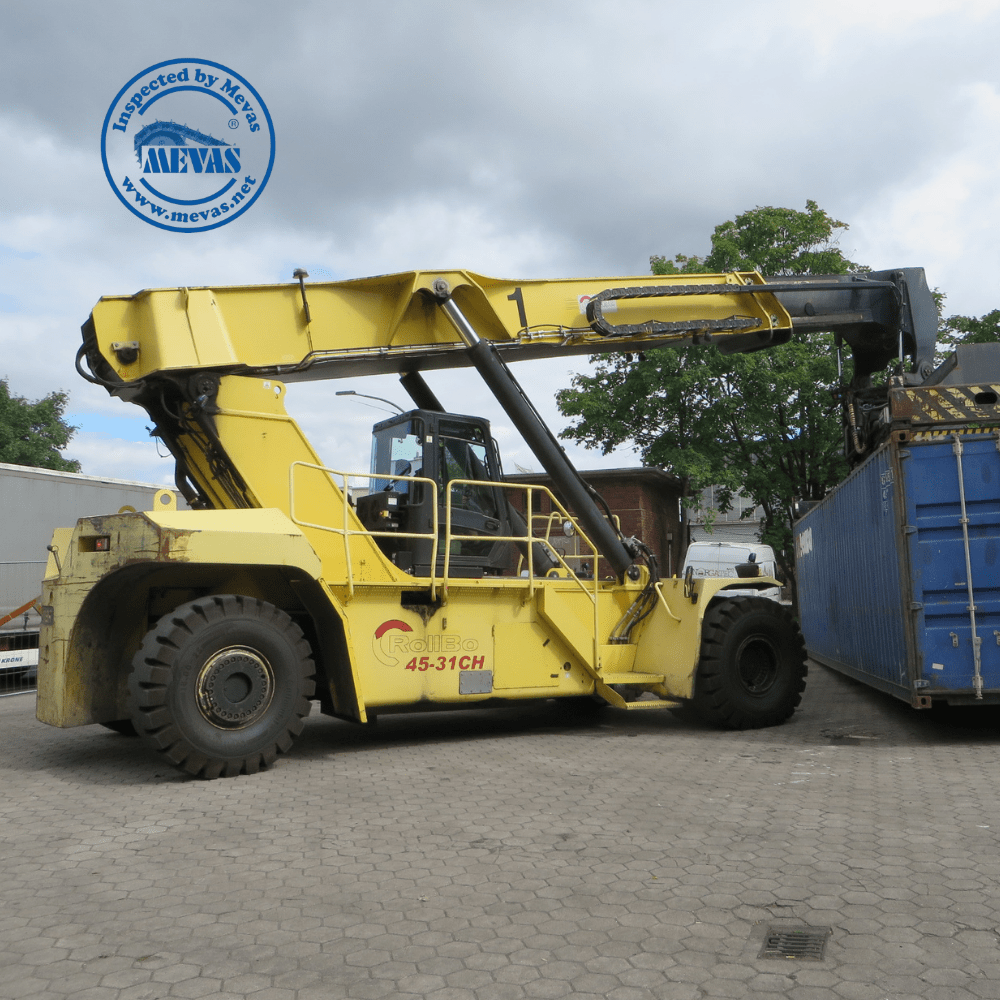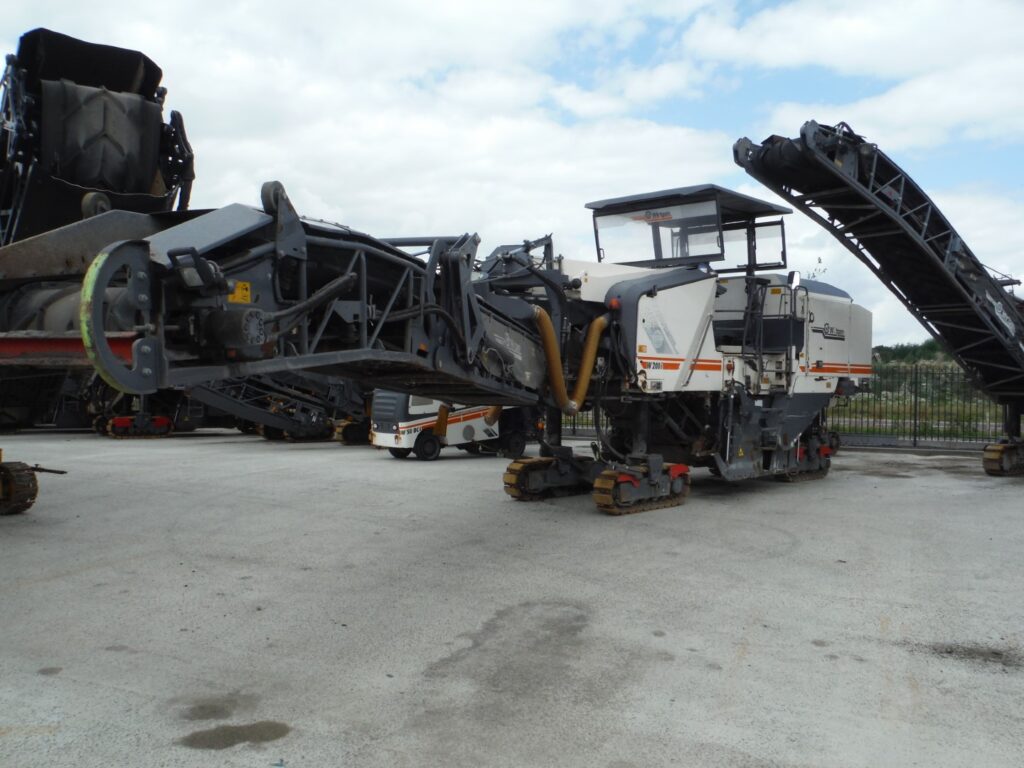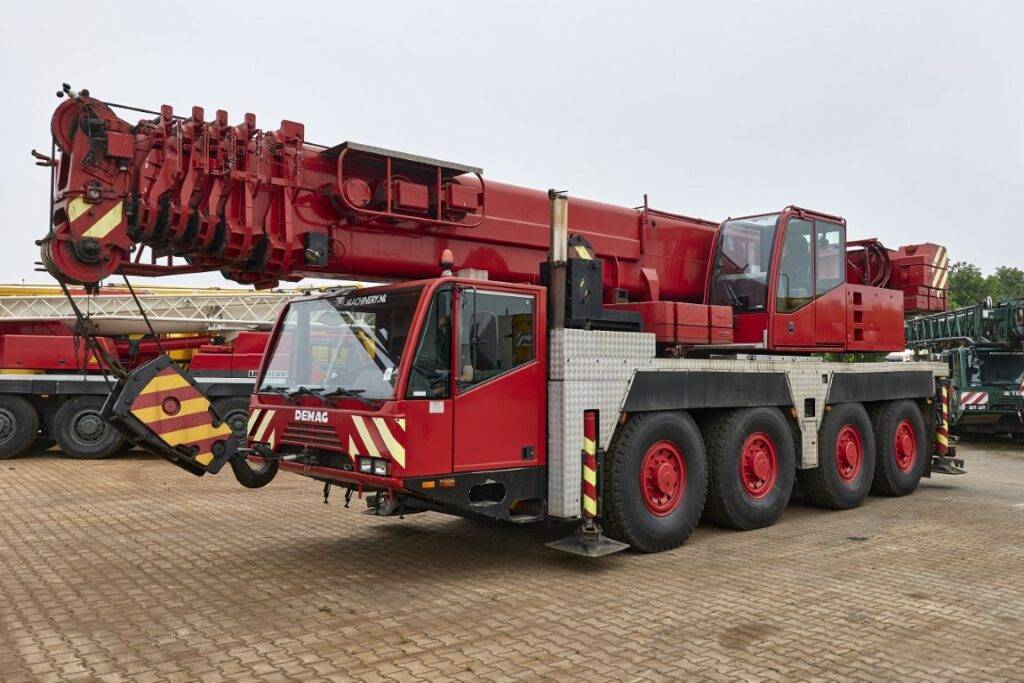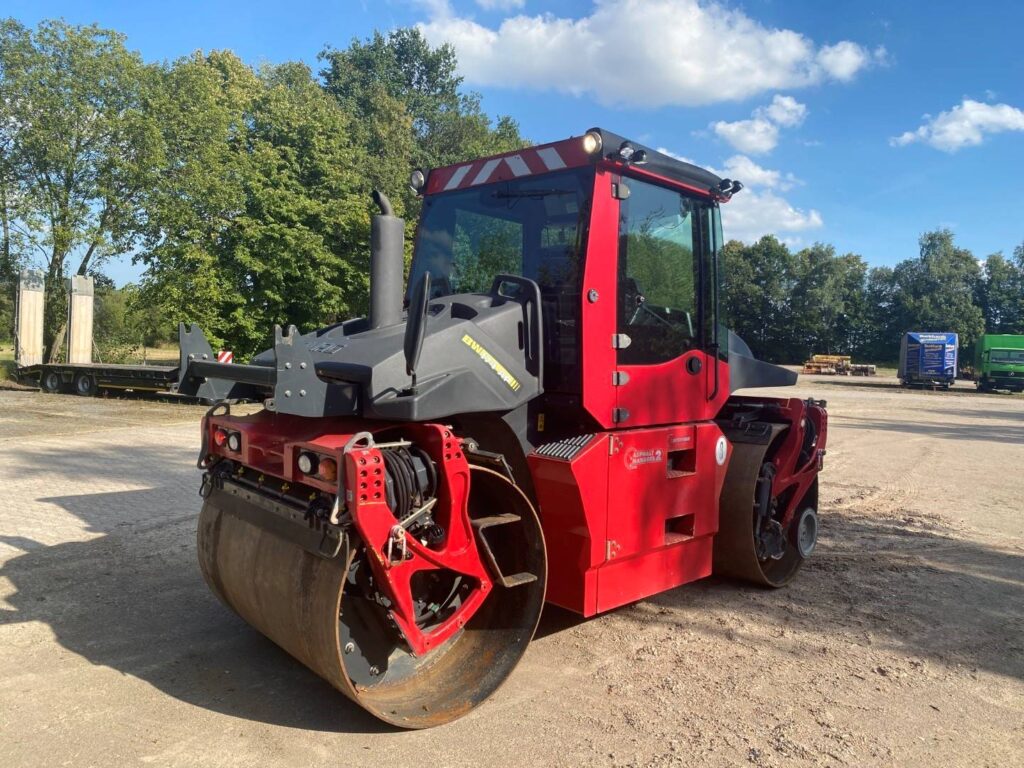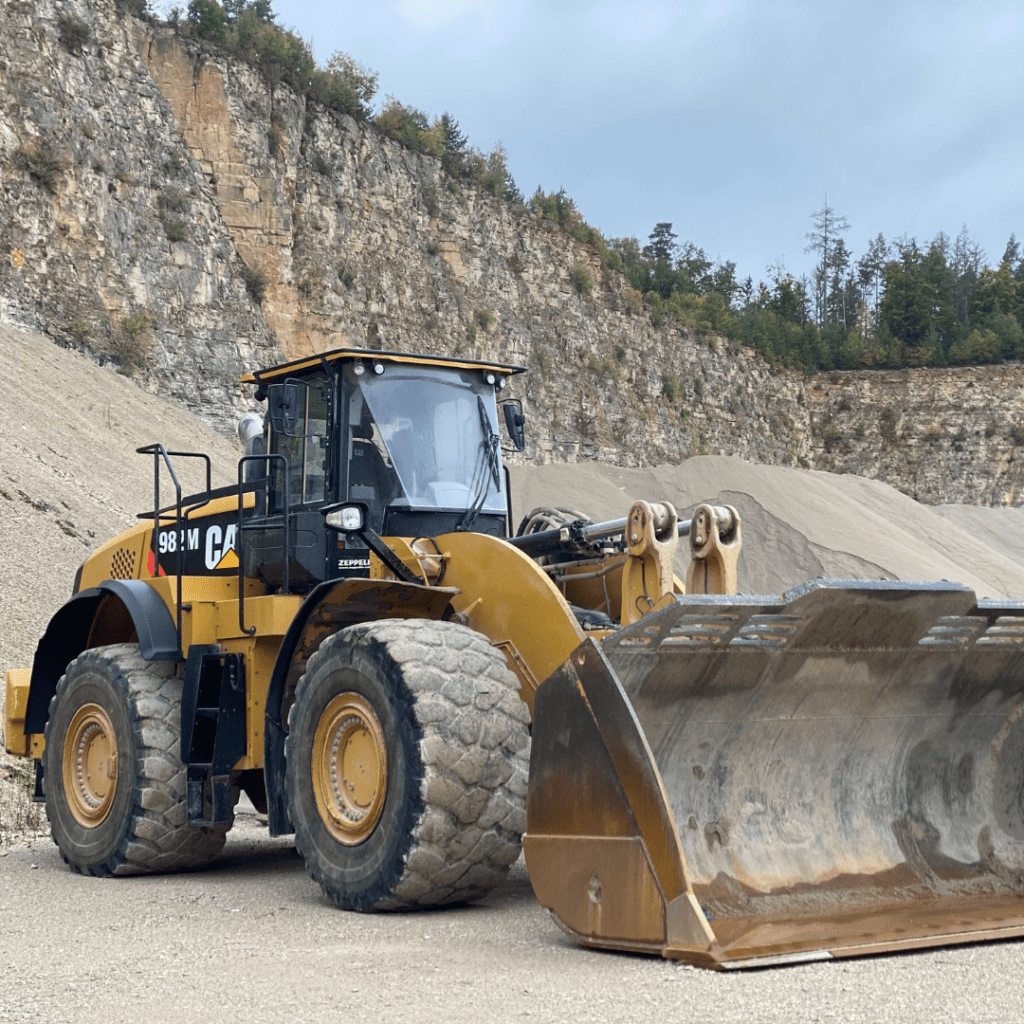There are various reasons why an evaluation of used harbor cranes may be required. In many cases, buyers or operators seek an independent assessment to determine whether a crane meets their operational needs and to verify that its technical specifications align with current industry standards. Financial institutions or insurance providers may also request an evaluation to determine the asset’s market value, assess risk, or support financing, leasing, or coverage decisions. Additionally, port authorities and crane owners often require a valuation when planning upgrades, scheduling replacements, or documenting assets for accounting and compliance purposes.



Who can inspect and evaluate harbor cranes?
To evaluate the residual value of harbor cranes, the valuator must first understand the purpose of the valuation. The calculation method depends on whether a replacement value, a potential sales price, or a fair transaction price between contractors is required. Transport costs also play a significant role. At Mevas, our experience and technical background enable us to perform this work accurately and reliably.
A proper valuation considers the crane’s current condition, the age of its components, and its configuration. During an on-site inspection, we assess the crane’s condition, verify its compliance with safety standards, and review its maintenance status.
Inspection for the valuation process
Including a thorough inspection of the crane’s condition is essential to ensure the accuracy of any evaluation. A crane’s performance, safety, and remaining service life depend heavily on its structural integrity, mechanical systems, and maintenance history. Visual checks alone are not sufficient; detailed condition assessments help identify wear, corrosion, fatigue, or outdated components that could impact operational reliability. By incorporating a condition inspection, the valuation becomes more precise, supports informed decision-making, and reduces the risk of unexpected repair costs or operational failures.
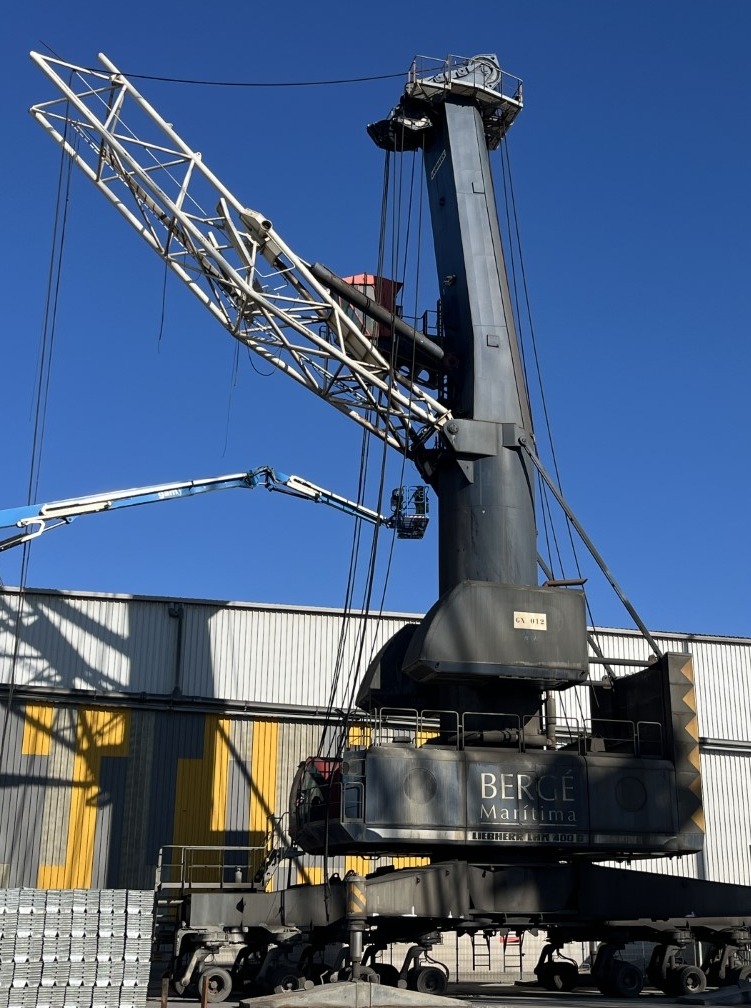
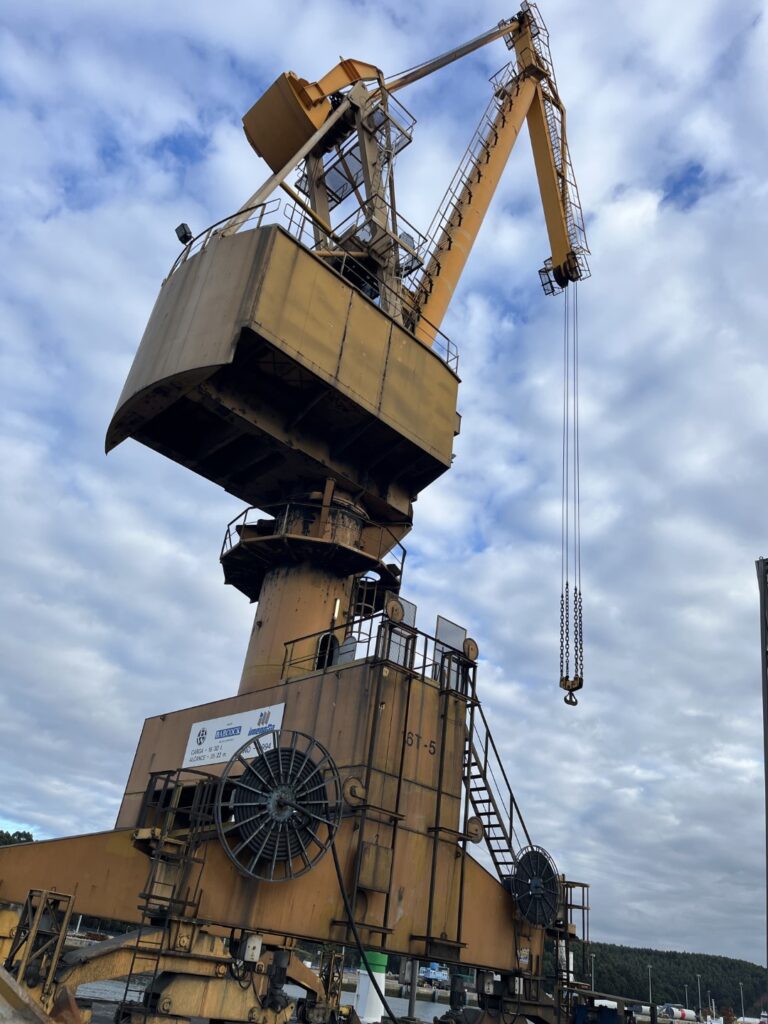
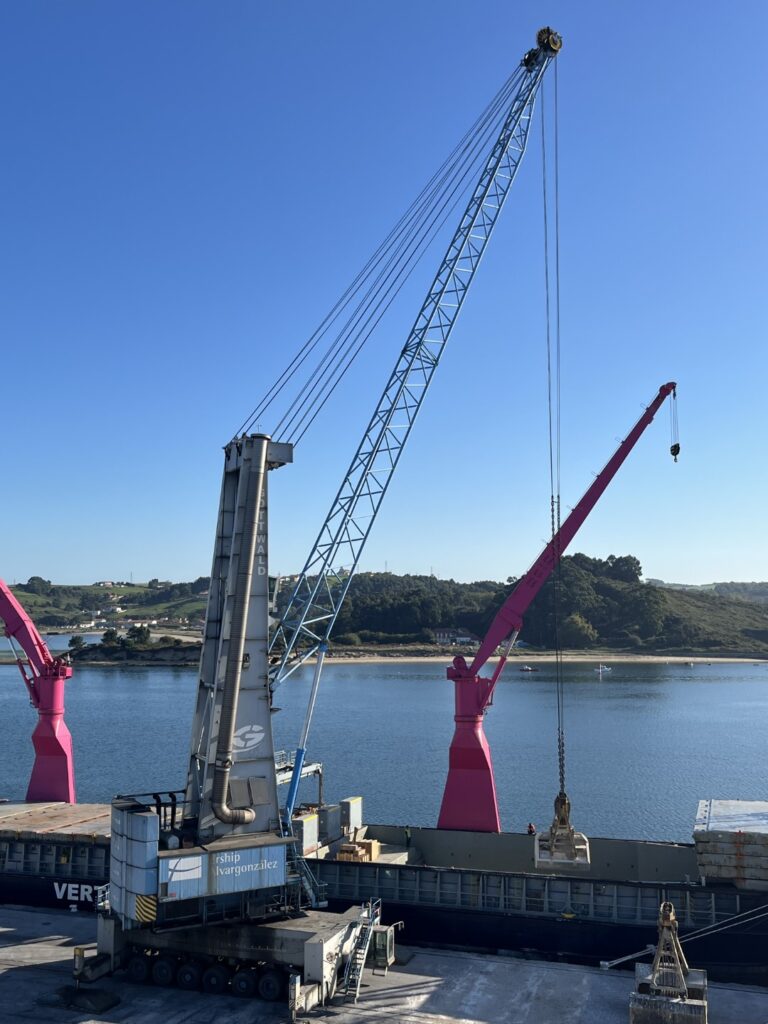
Inspectors check the electrical system, operational modes, and the condition of the structure, boom, and jib. They measure swing bearing play and test the winches. A load test is also performed. Safety features, access ladders, emergency switches, and load-limiting systems undergo a thorough inspection.
Where can Mevas inspect and valuate harbor cranes?
Our team operates internationally. Inspectors can travel to most countries in the world. European passports enable us to travel to most countries globally.



Mobile Crane Inspections
Mevas’ core business is the valuation and inspection of heavy equipment and mobile cranes of all sizes. We are the leading machinery inspection service in Europe. Over the past twenty years, our team has inspected more than 10,000 used construction machines, cranes, trucks, and mining equipment.

